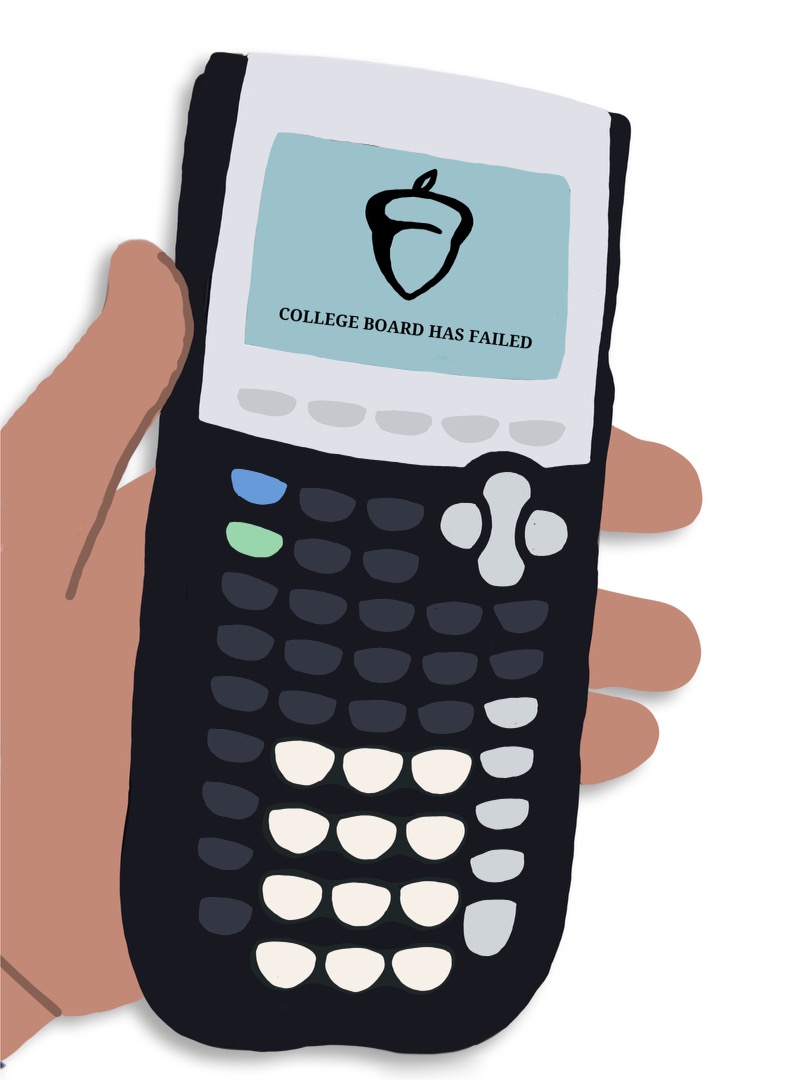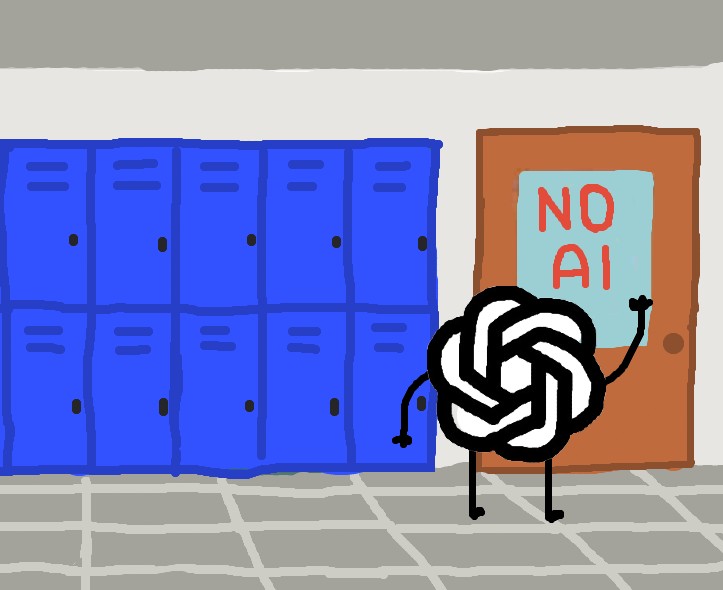On Oct. 11, McCallum joined other schools around the country in the administration of the first-ever online PSAT. This day marked a new event in the timeline of digital integration into the education system in which we are currently living. Not only was this the first time the test was on computers, but also the first time that CollegeBoard (the organization that runs the PSAT) ran a trial run of its new format of adaptive testing, in which the difficulty of test modules changes based on results from previous modules. These dramatic changes and others, while intended to accommodate the modern era, are a significant shift that will have a negative impact on the nation’s high schoolers.
The first issue that arises from this alteration is that not all students have equal access to devices with which they can take the test. While traditional tools such as paper and pencils have been around for the entire existence of American public education, computers are not completely widespread. This reliance on technology would especially affect poorer school districts that already have worse PSAT scores because of the greater access to test prep and tutoring as well as other assets available in wealthier regions. Even if the students without computers were still able to take the test on paper, they wouldn’t be able to utilize the adaptive testing feature of the new PSAT, which would be the equivalent of taking a nearly completely different test from the rest of the country. In addition to this inequity, technology creates a great likelihood of foul play.
Although digitalization is supposed to make the test more secure, there is always some possibility of academic dishonesty where computers are involved because of the vast capabilities that electronics have, while paper completely eliminates the possibility of using the internet or other outside sources to cheat. Other than the possibility of the internet being used during the exam, computers open up the opportunity for cheating because computers have upright surfaces where a person’s test can be easily seen by anyone behind them, as opposed to paper which is flat to a desk.
Another problem with the new PSAT is the loss of standardization. Where previously every student in the nation had the exact same questions on the test, the new format includes questions and modules that change in difficulty based on how a student performs on the first part of the test. While this flexibility might make more sense for a state-administered test, it is less effective for a test that is designed to see how all students around the country stack up against each other, especially since the test varies so greatly from person to person. If students get different questions, it will be harder to tell which students know content that other students do not. For example, one student could get a question correct, and another student could get a question that is deemed to be the same difficulty incorrect, possibly reflecting poorly on the second student, even if hypothetically they knew the answer to the first student’s question.
In addition to these troubling concerns, there is also the sheer newness of the test, which will will cause complications, some of which we have yet to see. When I took the first digital PSAT on Oct. 11, my testing room experienced a great number of technical difficulties associated with the new digital PSAT, and the proctor did not know fully how to administer the test simply because they had never done it before, which slowed down the process overall. Though it’s true that this PSAT should prepare students for the digital SAT to follow in the spring, there are too many dramatic changes at once, and CollegeBoard should have eased us into their new testing system more gradually. This PSAT that our school and many others took this October will count toward National Merit and other academic opportunities, especially for juniors such as myself, and it is unfair to have to take this new test for the first time with no prior knowledge or practice since it holds such a bearing on the future of possible scholarships or recognition.









Me • Mar 8, 2024 at 1:00 pm
This is a great article that points out some real issues that students are facing with the administration of the digital PSAT. National Merit Qualifying Status can be life changing and the way this test uses algorithms and changes the qualifications for National Merit Qualifying Status will certainly be unfair to some students. What’s more, there are many aspects of this new system that are so secretive, that an immense amount of trust must be placed in the system to accept scores that are unexpected. For example, I know a young man who has never tested below the top 1 percent on any nationally normed test before, including the PSAT taken as a Sophomore and the PSAT 8/9 and subsequently, the ACT after taking the new digital PSAT. However, this student did not test in the top 1 percent on the new digital PSAT this year. On the practice test for the new digital PSAT, the same student got only one question wrong and scored a near perfect 1510. So, what happened during the administration of the new digital PSAT to cause such an unexpected change in score? Based on what I have learned (but did not know until very recently), it is likely this student missed only a few questions on the new digital PSAT, but that they were extremely difficult questions with a high weight. And it seems to be the case that there may have been students who scored higher than this individual, but were given easier questions. The public does not really know how the algorithms work and frankly, I don’t trust them.
Dingle • Jan 21, 2024 at 10:34 pm
I really like this story. I appreciate how it highlights the issues of the higher-ups in our education but without throwing them any kind of particularly insulting language. This story is honest and down-to-earth with the people it’s affecting.